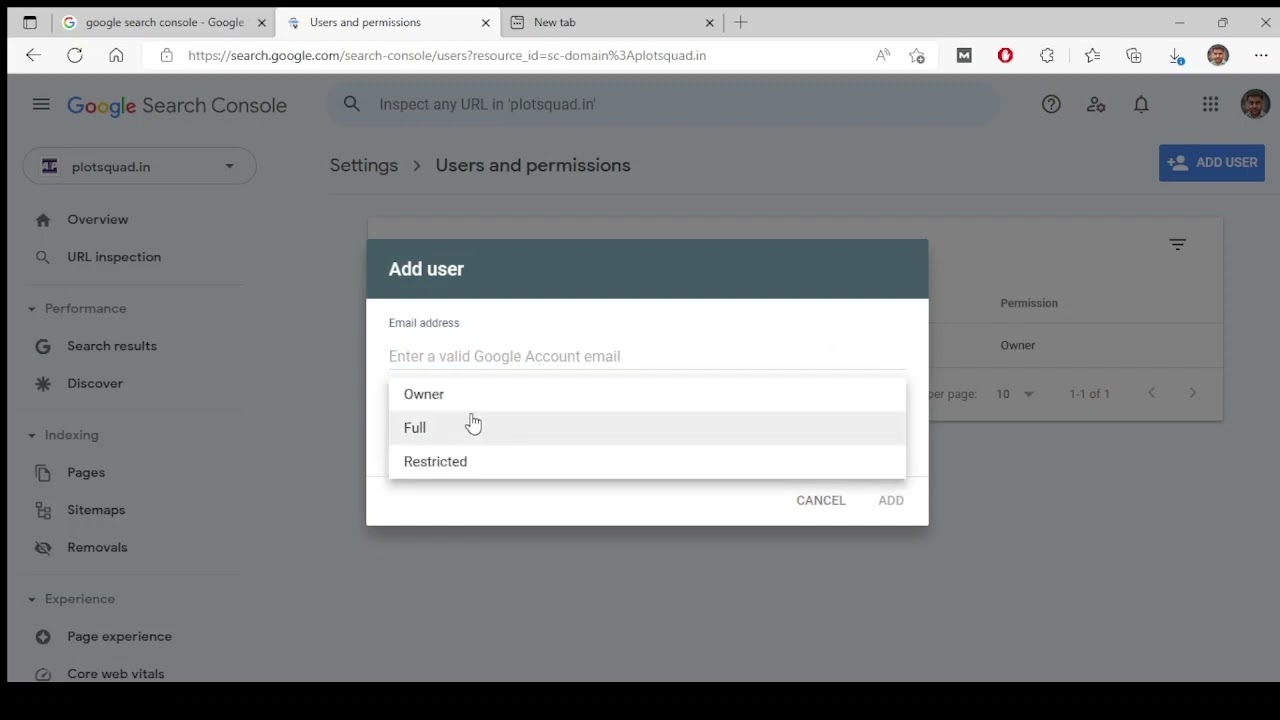If you're familiar with search engine optimization(SEO), you've probably heard about Google's manual actions. But what exactly are they, and do they have an impact on your website's search enginerankings?
Let's explore the concept of manual actions and their role in Google's ranking algorithm. We'll also discuss how toidentify and address manual actions that may be affecting your website's SEO.
What Are Manual Actions?
Manual actions are penalties that are manually applied by Google's search quality team. These penalties are typically applied when a website is found to be in violation of Google's Webmaster Guidelines.
Manual actions can take several different forms, such as:
- Removing a website from Google's search index
- Lowering a website's search ranking
- Demoting specific pages or sections of a website in search results
- Displaying a warning message to users before they visit a website
Manual actions are typically issued in response to practices such as:
- Spammy or manipulative link building
- Keyword stuffing or other forms of contentspam
- Cloaking or other deceptive practices
- Hacked websites or malware-infected content

What are Manual Actions & Security Insights in Google Search Console | SEO Course | #45
Do Manual Actions Impact Google Rankings?
Yes, manual actions can have a significant impact on a website's search engine rankings. When a manual action is applied to a website, it means that Google has identified a problem with the website's SEOpractices and has taken action to prevent the site from appearing in search results or to reduce its visibility.
If your website receives a manual action, it's essential to take action to address the problem and have the penalty removed. Once the penalty is lifted, it can take time for your website's search rankings to recover fully.
How To Check For Manual Actions
To check if your website has received a manual action penalty, log in to Google Search Consoleand look for any messages or notifications related to manual actions. If your website has received a manual action, you'll typically receive a notification explaining the reason for the penalty and the steps you need to take to address it.
How To Address Manual Actions
If your website has received a manual action, the first step is to identify the problem and take action to address it. Depending on the nature of the penalty, this may involve:
- Removing spammy or manipulative links
- Removing keyword stuffing or other spammy content
- Fixing hacked or malware-infected content
- Making changes to your website's design or functionality to comply with Google's Webmaster Guidelines
Once you've addressed the problem, you can submit a reconsideration request to Google. This request explains the steps you've taken to address the issue and requests that Google remove the manual action penalty.
Common Manual Actions And How To Address Them
While manual actions can take many different forms, there are a few common types of penalties that website owners may encounter. Here are a few examples, along with tips on how to address them:
Unnatural Links
One of the most common reasons for receiving a manual action penalty is having unnatural links pointing to your site. These may include paid links, links from link farms or other low-quality sites, or links from sites that are not relevant to your niche.
To address an unnatural links penalty, you'll need to identify and remove any offending links. This may involve contacting webmasters and requesting that they remove links, using Google's disavow tool to signal to Google that you don't want certain links to be considered in your ranking, or a combination of both.
Thin Content
Another common issue that can lead to a manual action penalty is having thin or low-quality content on your site. This may include pages with little or no text, pages with duplicate content, or pages that are overly focused on keywords without providing value to users.
To address a thin content penalty, you'll need to improve the quality and relevance of your site's content. This may involve creating new, high-quality content that provides value to your target audience, rewriting existing content to make it more informative or engaging, or removing low-quality content altogether.
Hacked Site
If your site has been hacked, you may receive a manual action penalty as a result. This is because a hacked site can pose a security risk to users, and Google wants to ensure that its search results are safe and reliable.
To address a hacked site penalty, you'll need to identify and address any security vulnerabilities on your site. This may involve updating your website software and plugins, using strong passwords and two-factor authentication, or working with a security expert to perform a thorough site audit.
By taking prompt action to address these and other common manual action penalties, you can help ensure that your site remains in compliance with Google's Webmaster Guidelines and is well-positioned to rank highly in search results.
User-Generated Spam
Another type of manual action penalty that website owners may encounter is related to user-generated spam. This may include comments or forum posts that contain spammy links or irrelevant content, or user profiles that have been created solely for the purpose of spamming.
To address a user-generated spam penalty, you'll need to identify and remove any offending content or user profiles. This may involve moderating comments and forum posts more closely, using anti-spam tools or CAPTCHAs to deter spammy submissions, or requiring users to sign up with a verified email address or social mediaaccount to reduce the risk of spam.
It's important to note that user-generated content can be a valuable asset to your site, providing social proof and user engagement. However, it's also essential to have systems in place to moderate and manage user-generated content to prevent spam and maintain a high-quality user experience.
By taking a proactive approach to user-generated content and keeping a close eye on your site's comments and forums, you can help ensure that your site remains in compliance with Google's Webmaster Guidelines and avoids the risk of a manual action penalty related to user-generated spam.

Google Search Console Security Issues & Manual Actions: How to Avoid Them & Improve SEO - Part 8
The Future Of Manual Actions
As Google's search algorithms continue to evolve, it's likely that we'll see changes to the way manual actions are applied and enforced. For example, Google may develop new tools or technologies to detect and penalize violations of its Webmaster Guidelines more efficiently.
One trend that we're already seeing is an increased emphasis on user experience and site quality. Google's Core Web Vitalsupdate, for example, places a significant focus on website speed, mobile-friendliness, and usability.
As Google continues to refine its approach to search ranking and quality assurance, it's essential to stay up-to-date on the latest developments and adapt your SEO strategyaccordingly. By maintaining a focus on user experience, high-quality content, and compliance with Google's Webmaster Guidelines, you can help ensure that your website remains well-positioned to rank highly in search results and attract more traffic to your site.
People Also Ask
Can Manual Actions Be Applied To Individual Pages, Or Only To Entire Websites?
Manual actions can be applied to individual pages or entire websites. Depending on the nature of the violation, Google may choose to apply a penalty to a specific page or section of a website rather than the entire site.
Can A Website Receive Multiple Manual Actions?
Yes, a website can receive multiple manual actions if it violates multiple aspects of Google's Webmaster Guidelines. For example, a website that engages in both spammy link building and keyword stuffing may receive two separate manual action penalties.
Can Manual Actions Be Applied Retroactively?
Yes, manual actions can be applied retroactively. This means that if Google identifies a violation of its Webmaster Guidelines that occurred in the past, it may choose to apply a manual action penalty even if the violation is no longer present on the website.
Conclusion
Manual actions are an important part of Google's efforts to maintain the quality of its search results. While manual actions can have a significant impact on a website's search rankings, it's important to remember that they are only applied when a website is found to be in violation of Google's Webmaster Guidelines.
If your website has received a manual action penalty, it's essential to take action to address the problem and have the penalty removed. This may involve making changes to your website's content or design, removing spammy or manipulative links, or addressing security issues.
By taking proactive steps to maintain compliance with Google's Webmaster Guidelines, you can help ensure that your website is not only free from manual action penalties but is also well-positioned to rank highly in search results and attract more traffic to your site.